Meaning of the Declaration
Complete food
In the area of koi feeding, the majority of complete feeds are offered, the composition of which must fully cover all of the koi’s needs [1] . This means that the koi only needs this feed to be fed to meet its needs. The legislator also clearly regulates in the Food and Feed Code that feeds must, among other things, “maintain and improve the performance of livestock […] and not impair the health of animals” [2] . The labelling on the label is clearly regulated by the legislator in the Feed Regulation [3] and Regulation (EC) No. 767/2009 [4] .
Composition
Under the composition, the individual feedstuffs are listed in descending order of percentage. This means that the individual feedstuff that contains the most by weight is listed first. The percentage of the individual feedstuffs does not have to be stated.
There are no special patents on the recipe in the pet sector, so the legislator has created an opportunity to protect oneself from competitors. According to the Feed Regulation § 6 information paragraph (2), the following is permitted:
‘In the case of compound feedingstuffs for non-food producing animals […], instead of the specific name of a feed material as referred to in Article 17(1)(e) of Regulation (EC) No 767/2009, the group to which the feed material belongs may be indicated as set out in Appendix 3’ [3] .
This means that individual feedstuffs in the group can be:
Meat and animal by-products
- All meat cuts of slaughtered warm-blooded land animals, fresh or preserved by an appropriate process, as well as all products and by-products resulting from the processing of carcases or parts of carcases of warm-blooded land animals
Fish and fish by-products
- Fish or fish parts, fresh or preserved by an appropriate process, and by-products resulting from the processing be merged [3] .
Feed additives
The additives are found under the feed composition. Regulation (EC) No. 1831/2003 on additives for use in animal nutrition regulates the legal framework for feed ingredients. Every additive added must have a benefit. Depending on their function, feed additives are divided into 5 groups.
The allocation of individual additives to the corresponding groups is decided in Regulation (EC) No 1831/2003 according to clear guidelines [5] .
The following groupings are distinguished as follows:
- Technological additives:
Here you can find all substances that have a positive influence on the quality of the feed – added due to manufacturing processes.
- Sensory additives:
Improvement of the organoleptic properties (ie taste, smell, appearance or colour) of the feed or the animal appearance (eg colour intensity in flamingos or fish).
- Nutritional additives:
The aim here is to promote materials that meet energy needs.
- Zootechnical additives:
The aim here is to improve animal performance, health status and reduce environmental pollution.
- Coccidiostats and histomonostats:
Prevention of coccidiosis and histomoniasis (blackhead disease) in broiler poultry
According to Regulation (EC) No. 1831/2003 Article 11 paragraph 2, as of January 1, 2006, medicated feed such as antibiotics may no longer be used as a prophylactic or performance-enhancing treatment. An exception applies to infestations caused by coccidiostats and histomonostats [5] .
According to Article 5 of Regulation (EC) No. 1831/2003, feed additives that have a positive effect on fish are increasingly being used. These additives are not harmful to human or animal health and do not have a negative impact on the environment [5] . However, a clear distinction must be made between medicinal products and feed additives in order to avoid misleading the user.
This makes it legally difficult to aggressively promote the positive properties of specific secondary plant substances and essential oils with health-promoting properties. Although additives are often used because of their health-promoting effects, this cannot be aggressively promoted publicly.
Application
At this point, the manufacturer must give a recommendation regarding the amount of food to be administered.
Manufacturer number
For traceability purposes, every fish feed sold in Germany must identify the compound feed factory that produced it. This is in the form of a multi-digit alpha number in accordance with Article 9 paragraph 2 of Regulation (EC) No. 183/2005.
In the case of Nutramare, this is DE BB 100006. The first two characters represent the country of manufacture, in this case DE = Germany. The next two characters are only used by German manufacturers and indicate the federal state. In this case BB = Brandenburg. The following number is the identification number of the manufacturing company [6] .
Scientific sources:
[1] Steffens, W. (1989): Principles of fish nutrition . Ellis Horwood Limited. Chichester, New York, Brisbane, Toronto, p. 384.
[2] LFGB – Food and Feed Code in the version published on 3 June 2013 (Federal Law Gazette I p. 1426), last amended by Article 1 of the Act of 30 June 2017 (Federal Law Gazette I p. 2147)
[3] Feed Ordinance in the version published on 29 August 2016 (Federal Law Gazette I p. 2004), last amended by Article 2 of the Ordinance of 18 July 2018 (Federal Law Gazette I p. 1219)
[4] REGULATION (EC) No 767/2009 OF THE EUROPEAN PARLIAMENT AND OF THE COUNCIL of 13 July 2009 on the placing on the market and use of feed, amending Regulation (EC) No 1831/2003 of the European Parliament and of the Council and repealing Council Directives 79/373/EEC, 80/511/EEC, 82/471/EEC, 83/228/EEC, 93/74/EEC, 93/113/EC and 96/25/EC and Commission Decision 2004/217/EC
[5] REGULATION (EC) No 1831/2003 OF THE EUROPEAN PARLIAMENT AND OF THE COUNCIL of 22 September 2003 on additives for use in animal nutrition
[6] Notice No 06/01/021 on approved establishments with regard to certain additives, premixtures and feedingstuffs
